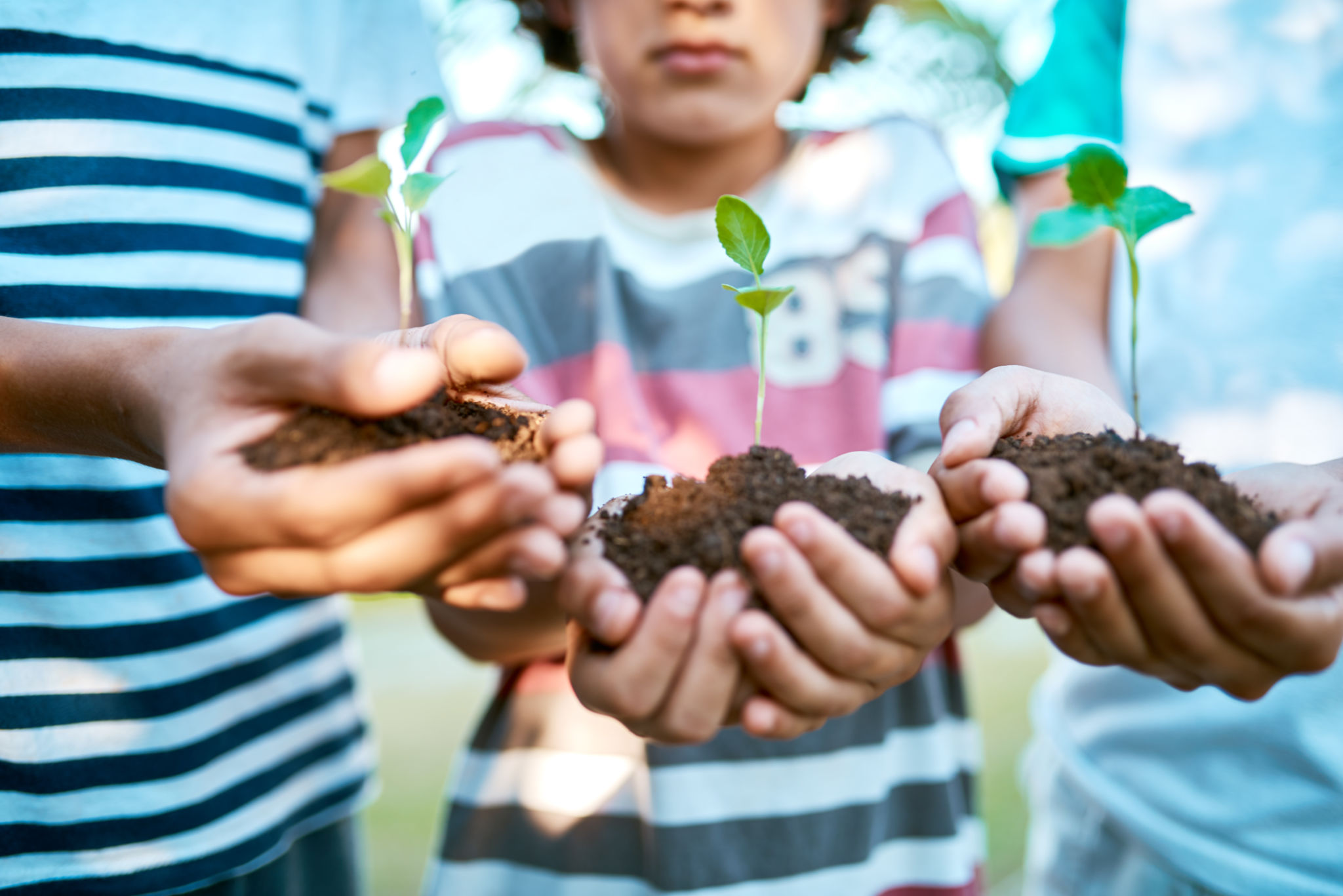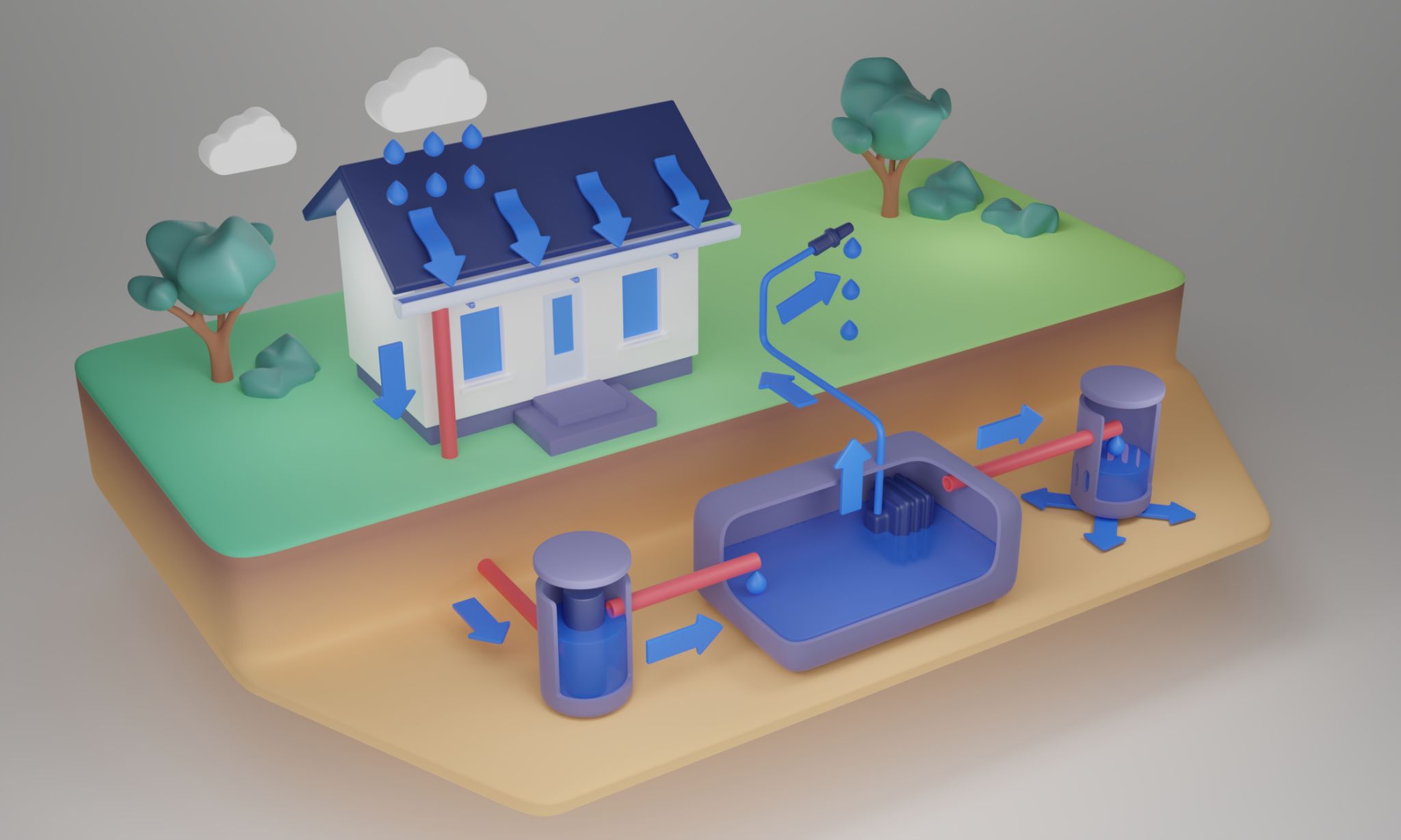Eco-Friendly Landscaping Solutions: Transform Your Outdoor Space Sustainably
Why Choose Eco-Friendly Landscaping?
Eco-friendly landscaping is more than just a trend; it's a commitment to preserving our planet while enhancing the beauty of outdoor spaces. By choosing sustainable practices, you not only contribute to environmental conservation but also enjoy a garden that thrives naturally. Traditional landscaping often relies on chemical fertilizers and excessive water use, which can harm local ecosystems. In contrast, eco-friendly solutions focus on harmony with nature.
Implementing sustainable landscaping practices can significantly reduce your carbon footprint. By selecting native plants, conserving water, and utilizing organic materials, you create a balanced ecosystem that requires less maintenance and supports local wildlife. Transforming your outdoor space sustainably enhances its beauty and functionality while being kind to the planet.

Native Plant Selection
One of the most impactful steps in eco-friendly landscaping is choosing native plants. These plants are naturally adapted to the local climate and soil conditions, making them more resilient and less resource-intensive. Native plants often require less water and are more resistant to pests, reducing the need for chemical interventions. This choice supports local biodiversity by providing habitats for native birds and pollinators.
Consider incorporating a variety of native species to create a diverse and vibrant garden. This approach not only enhances the visual appeal of your landscape but also ensures that your garden remains in harmony with the surrounding environment. By opting for native plants, you contribute to the restoration of local ecosystems.
Water Conservation Techniques
Water conservation is crucial in sustainable landscaping. Implementing efficient irrigation systems, such as drip irrigation, can reduce water usage significantly. Drip systems deliver water directly to the plant roots, minimizing evaporation and ensuring that every drop counts. Additionally, consider installing rain barrels to collect and store rainwater for future use.

Another effective strategy is to group plants with similar water needs together. This allows for more targeted watering and prevents overuse. Mulching is also beneficial, as it helps retain soil moisture, suppresses weed growth, and provides nutrients as it decomposes. These techniques not only conserve water but also promote healthier plant growth.
Soil Health and Composting
Maintaining healthy soil is fundamental to eco-friendly landscaping. Healthy soil supports robust plant growth and reduces the need for chemical fertilizers. One way to improve soil health is through composting. Composting involves recycling organic waste into nutrient-rich soil amendments, enhancing soil structure and fertility.
Incorporating compost into your garden enriches the soil with essential nutrients, promotes beneficial microbial activity, and improves water retention. By composting kitchen scraps and yard waste, you reduce landfill waste and contribute to a sustainable garden ecosystem.

Implementing Renewable Materials
Using renewable materials in your landscape design is another way to practice sustainability. Opt for materials like bamboo, reclaimed wood, and recycled stone for pathways, fences, and garden structures. These materials are not only environmentally friendly but also add a unique aesthetic to your outdoor space.
Recycling materials extends their lifecycle and reduces the demand for new resources, lessening your environmental impact. Consider incorporating solar-powered garden lights to illuminate your space sustainably, harnessing renewable energy from the sun.
Creating Wildlife-Friendly Habitats
Eco-friendly landscaping involves creating habitats that support local wildlife. By designing your garden with native plants and diverse vegetation, you provide food and shelter for birds, butterflies, and beneficial insects. Installing birdhouses, bee hotels, and water features can further encourage wildlife to thrive in your garden.
Creating a wildlife-friendly garden enriches the biodiversity of your area and offers you the joy of observing nature up close. This harmonious coexistence with wildlife is a rewarding aspect of sustainable landscaping, fostering a connection between humans and nature.